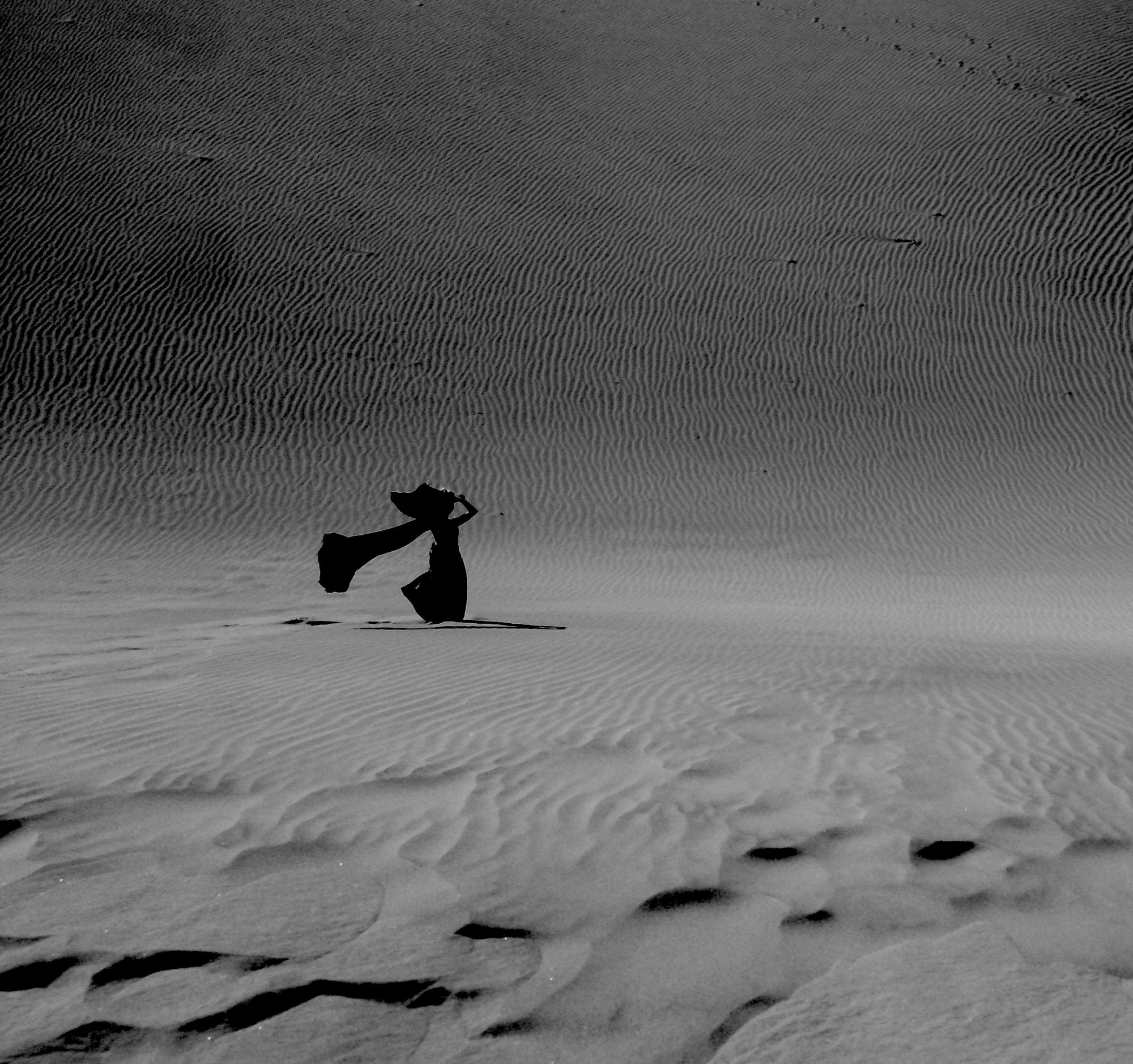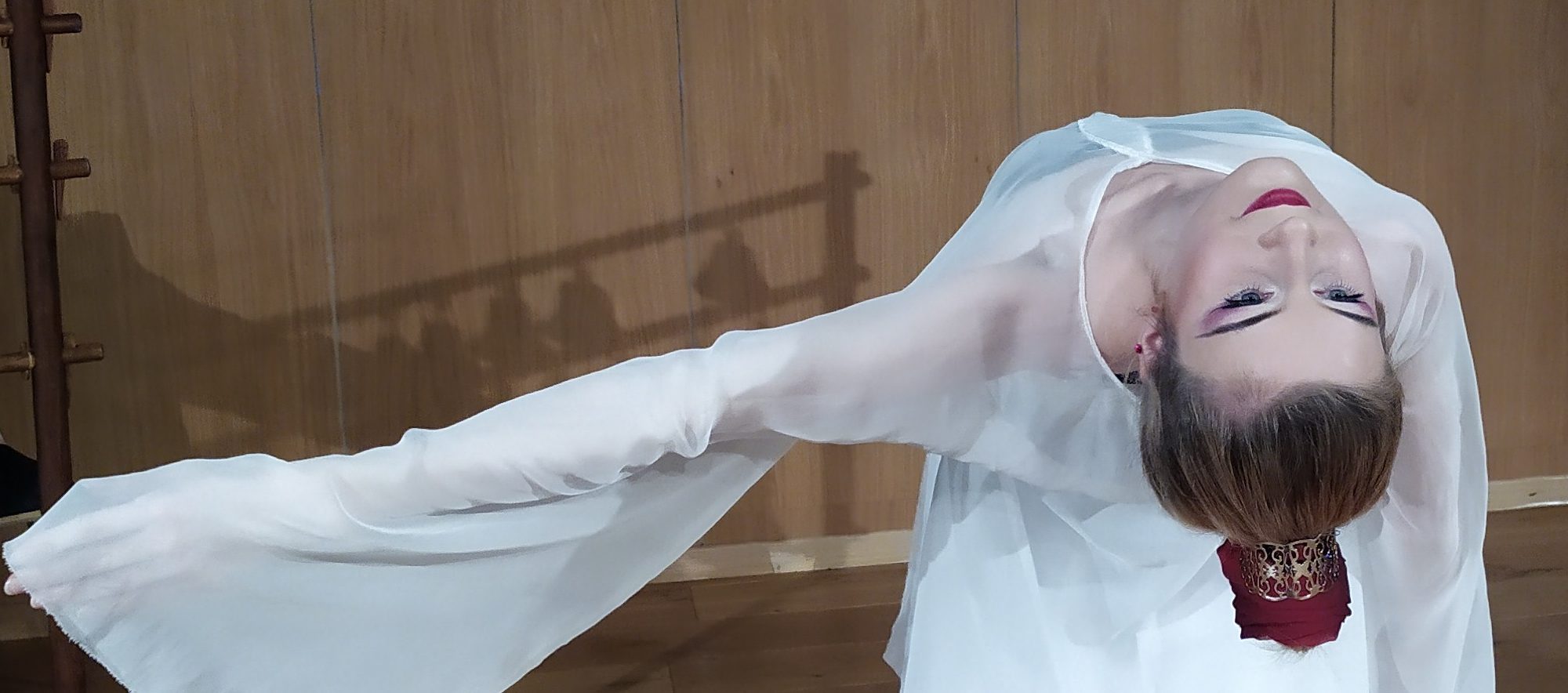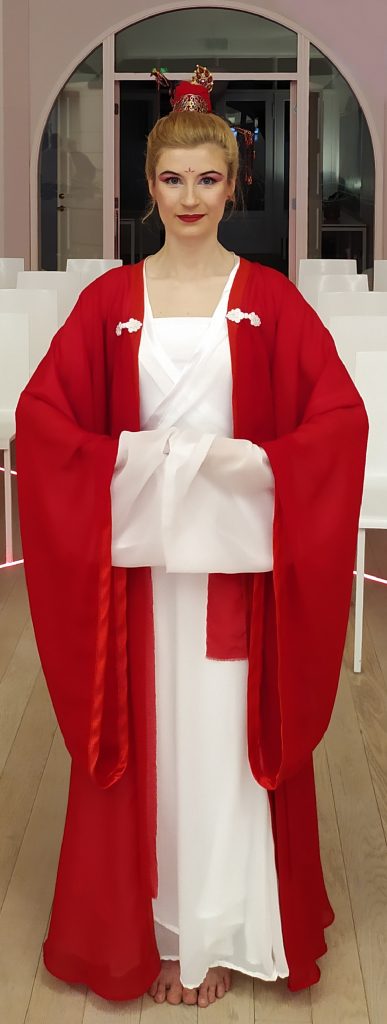
Harmony
Thunder breaks out,
The earth is roused.
The Ancient Kings
Made Music,
They revered Spiritual Power,
They offered splendour
To the Supreme Deity,
They made sacrifice
To their Ancestors.
-Hexagram 16 from “Book of Changes”
It all began more than ten years ago, when Saile first participated in Chinese martial arts course of Xingyi Bian Gan, conducted by master Zhang Shangmin from China. It was followed later on by learning Neigong and Baguazhang – also from master Zhang Shangmin.
From all eastern styles, which Saile has been in contact with, Baguazhang is the most captivating and closest to her.
Baguazhang is one of the three main Chinese martial arts of Wudang school and is considered as an internal practice, focusing on the mind and inner strength. It’s characteristics include circle walking and rather slow-moving, flowing forms.
This dynamic is very inspiring as it consists of both – visually elegant form and inner depth, as well as perceptible power. Thus emerged the thought to use these movements in choreography, bringing the beauty of this style closer to people.
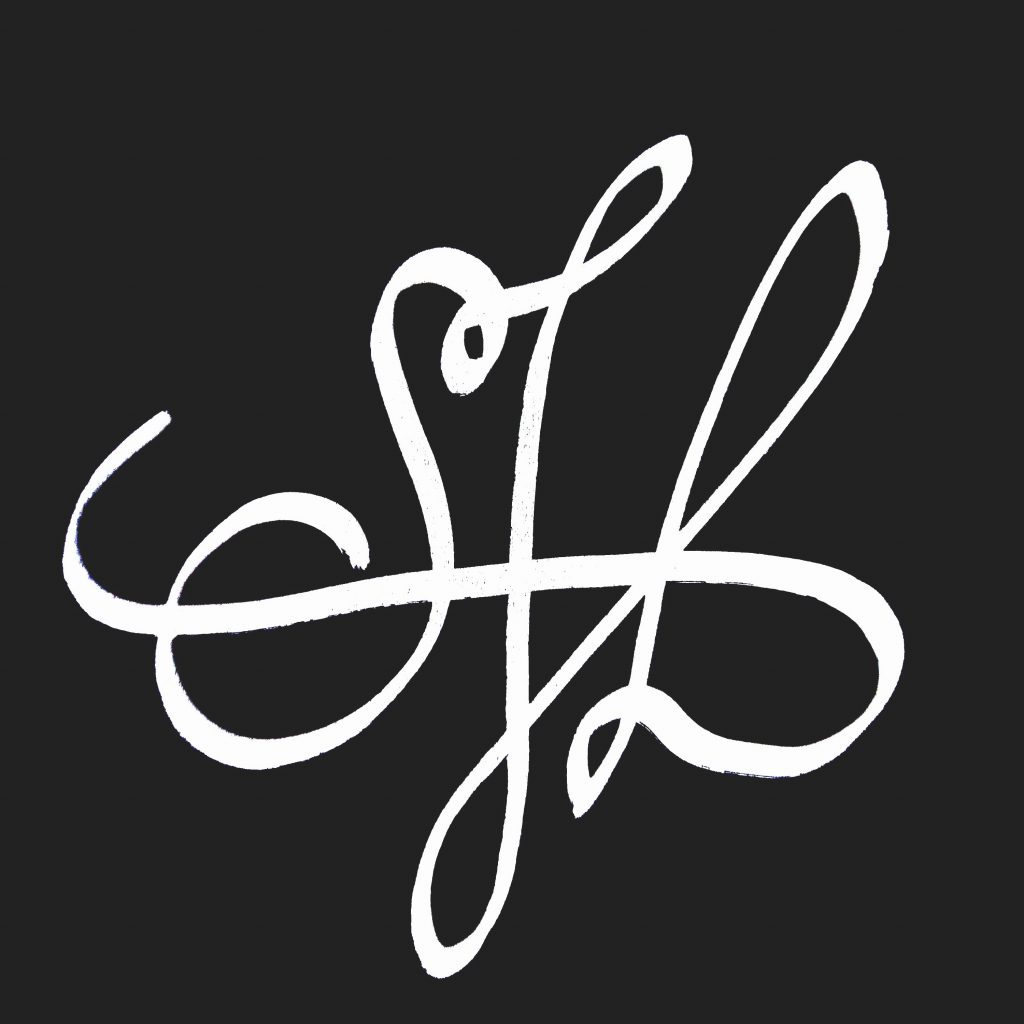
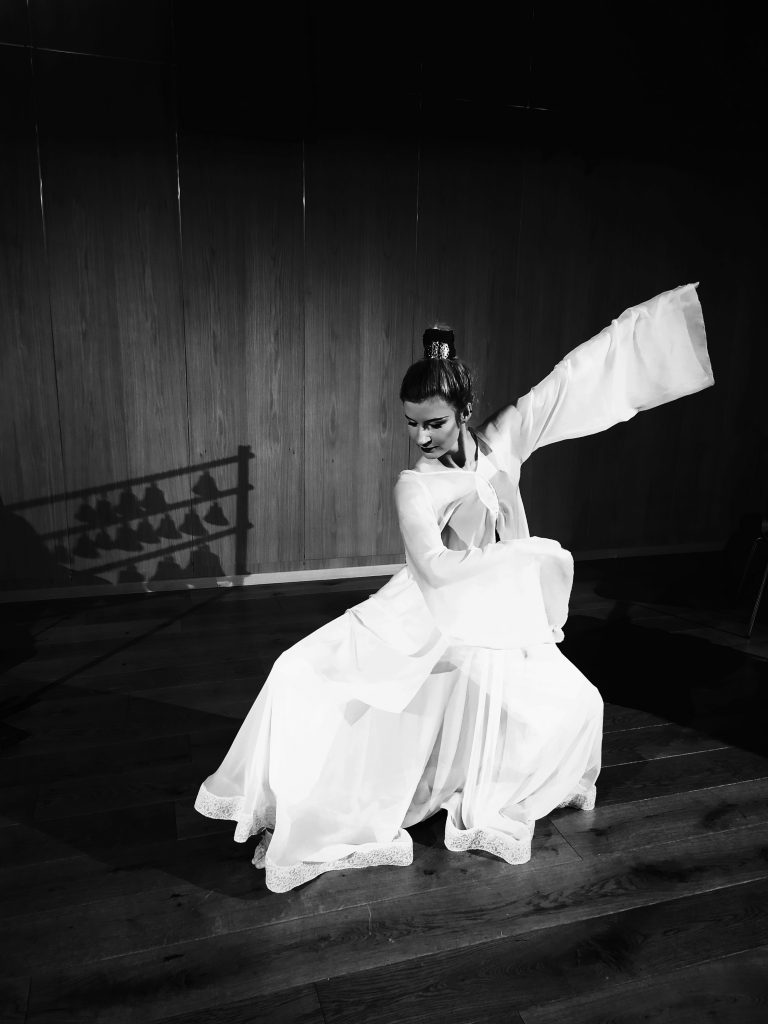
More pictures HERE
About the music
Bagua (八卦, the Eight Diagrams) in Dongjing Music, is proofed to be originated from the two Toism music, say Nichang Yuyi Dance Music and Ziwei Bagua Dance Music, in 741 promulgated by Li Longji (the emperor of Tang Dynasty, who ruled during 712-756 and led the country to its most prosperous period), the former has already disappeared while music part of the latter one is still existing in Dongjing Music.
The last fragment is inspired by sword technique of master Chang Shangmin.
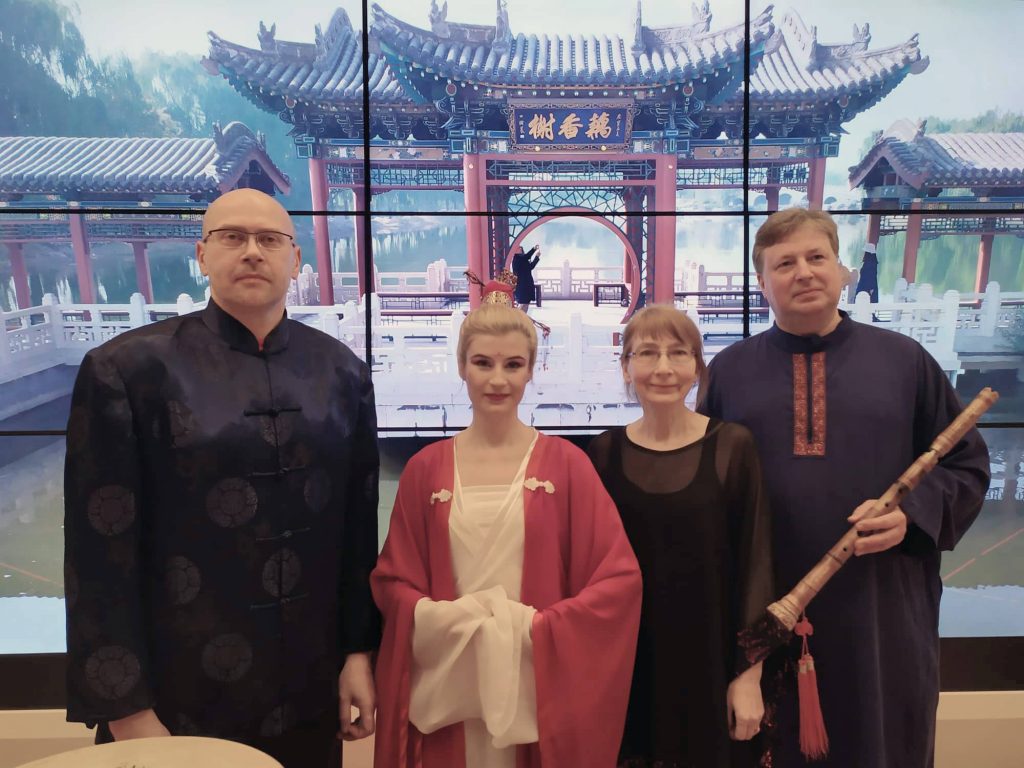
From left:
Janno Mäe (drum, bells),
Saile Johanna Langsepp (dance),
Lilian Langsepp (guzheng),
Raho Langsepp (dizi, dongziao, xun)
